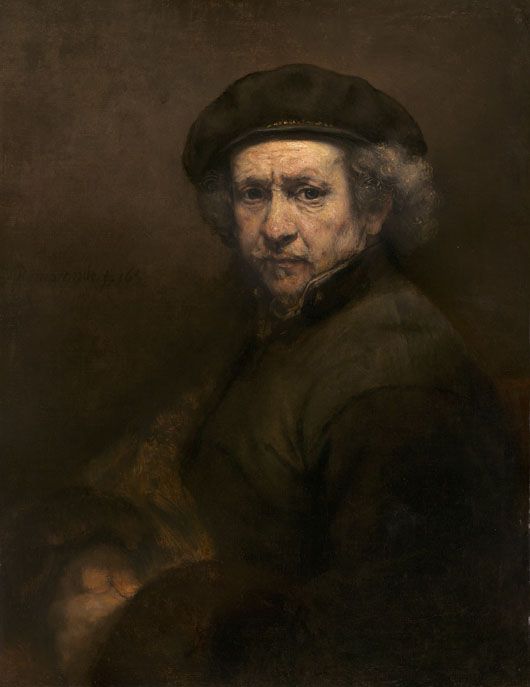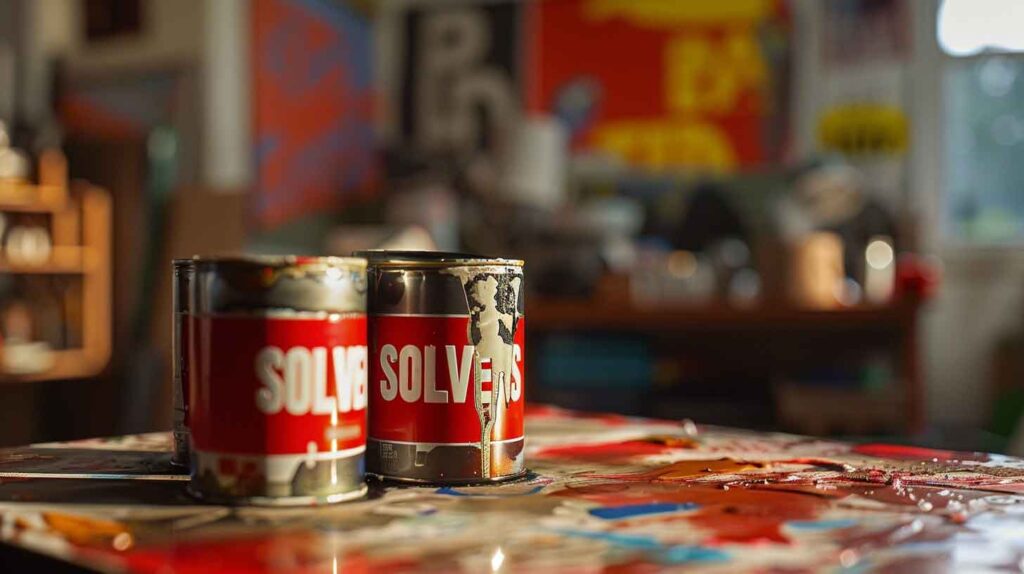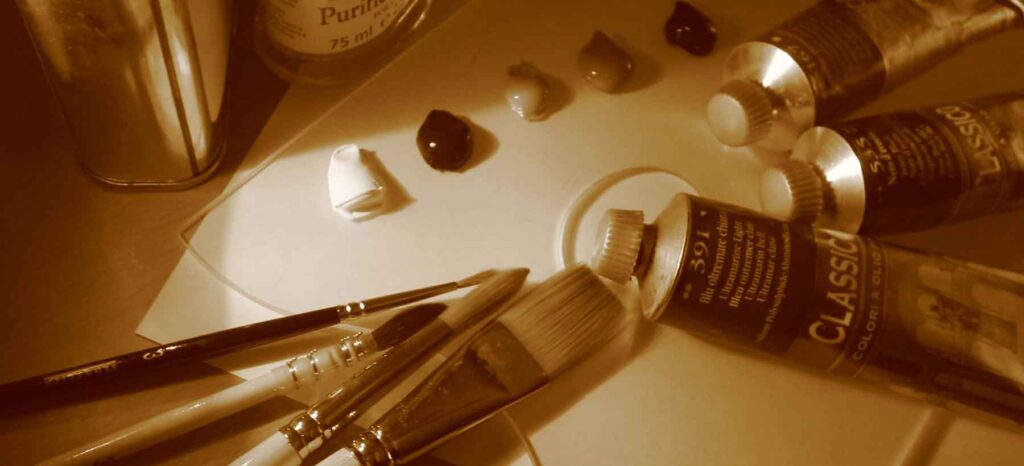
The 17th Century Approach to Painting
Interesting points about how Rembrandt and most 17th century painters approached painting—very different from contemporary painters:
1. Paintings were developed like a “jigsaw puzzle”, completing one area of the painting before proceeding to the next, such as first painting the background, then the face and flesh and finally the clothing. This has been verified by Van de Wetering in his copy of a Rembrandt. This implies a highly sophisticated level of organizing values in a painting to successfully make this work, which they obviously possessed.
From Karin Groen, “Investigation of the use of the binding medium by Rembrandt”: “Van de Wetering demonstrated that only those pigments and mixtures of pigments that were necessary for painting a particular passage were carried on the palette.”
2. Old masters made their own paints, and varied the binding medium both for economic reasons, but also likely to better control the pigment, rather than paint using a single binding medium (i.e., linseed oil, walnut oil, etc.) as chosen by the colormaker.
From Karin Groen, “Investigation of the use of the binding medium by Rembrandt”: “The chemical analysis of the paint layers that has now been carried out allows the conclusion that each passage to be painted was not only prepared separately as far as the pigments were concerned, but that each such pigment mixture also had its own binding medium: the oil binding medium was modified for each pigment.”
The understanding of pigment and oil interaction by Rembrandt and his contemporaries was profound and enabled them to control their paint to a much more sophisticated level than contemporary artists. This is why I established this group to give artists access to the same knowledge and skills once possessed by all painters.
Read more: Natural Pigments







Responses